What factors affect the price of a laser machine
The price of a laser machine can vary significantly depending on various factors such as the machine’s type, power, size, brand, and its intended application. Whether you’re buying a machine for engraving, cutting, marking, or welding, understanding the key price factors can help you make a smarter investment.
1. Type of Laser Machine
There are different types of laser machines, and each type comes at a different price point:
CO₂ Laser Machines: These are often used for non-metals like wood, acrylic, and plastic. They are relatively affordable and ideal for beginners and hobbyists.
Fiber Laser Machines: These are powerful and designed mainly for metal cutting or marking. They are more expensive than CO₂ lasers but offer higher efficiency and precision.
Diode Lasers: Usually smaller and less powerful, these are typically used for light engraving work.
Nd:YAG Lasers: These are specialized machines used in industries requiring very fine detailing, and they tend to be priced higher.
2. Power Capacity
The laser power (measured in watts) plays a major role in pricing. Machines with higher power can cut thicker materials and operate faster. For example:
A 40W CO₂ laser might be suitable for cutting soft materials and cost less.
A 1000W fiber laser used for cutting thick steel or aluminum will cost significantly more.
Higher wattage means better performance but also increases the machine’s cost.
3. Cutting Area/Bed Size
The working area of the machine, or the bed size, also influences the price. Machines with larger beds allow users to cut or engrave larger items or work with multiple items at once. A larger bed size requires more materials and better structural support, which adds to the cost.
4. Brand and Build Quality
Well-known and reliable brands usually come with higher prices due to their reputation, better materials, and strong after-sales support. Machines made with high-quality components (like laser tubes, cooling systems, and control panels) also tend to last longer and perform better, which justifies their higher cost.
5. Software and Automation
Some laser machines include advanced software, touchscreen panels, camera alignment, and auto-focus capabilities. The more advanced the features, the higher the price. Machines that support CNC integration or IoT monitoring are priced at a premium.
6. Usage Purpose
Laser machines for industrial use—such as in automotive, aerospace, or heavy manufacturing—will cost more than those intended for small businesses or personal use due to higher performance standards.
7. Accessories and Support
Accessories such as rotary attachments, fume extractors, air compressors, and chillers may add to the overall cost. Also, machines that come with installation, training, and warranty support will be priced higher but offer better long-term value.
Final Thoughts
While the price of a laser machine can range widely based on the above factors, it’s important to look beyond the initial cost. Consider the machine’s purpose, expected usage, durability, and the support offered. Investing in the right laser machine can greatly boost productivity, quality, and profitability in your operations.
